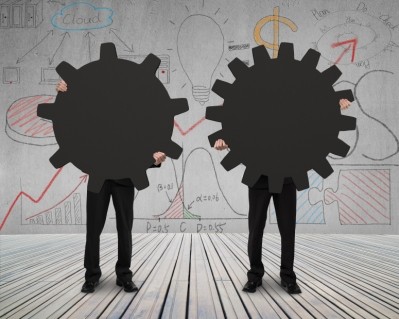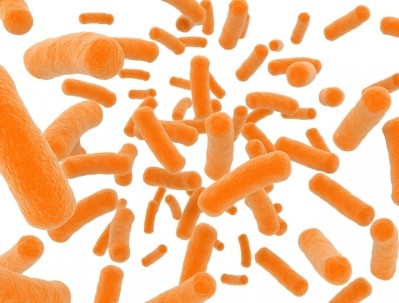DuPont focuses on reducing feed nutrition variation, probiotics interaction

The different research pathways tie back to supporting an increasing population and the demand for animal protein, said Jose Manuel de la Fuente, DuPont Industrial Biosciences regional vice president for west Europe, in a follow-up discussion regarding points raised at the company’s Agrivision presentation.
“In areas where the population is growing and the economy is growing, this middle class population needs to develop (and) there’s a huge potential for the development of an animal protein business,” he told FeedNavigator. “What we’re doing with our enzymes, is (trying) to optimize the feed, so that the animal needs less quantity of feed to produce the same amount of weight.”
Currently, he added, the feed given to animals isn’t 100% digestible and some of the nutrients are excreted. The company’s research seeks to increase the absorption of those nutrients and minimize nutrient loss.
Reducing variation in feed
Differences between the average content of a feed ingredient like wheat, barley or corn make it harder to correctly balance an animal’s diet, said Fuente. But, use of certain products or enzyme-based additives could minimize that variation and make feed cheaper.
The ability to reduce of the variation between raw materials from different sources, and unlock more nutrition from the products should allow for a healthier animal that uses more of its feed, he said, adding that feed accounts for 50-60% of the expense of producing an animal.
“Because we are working on the animal production business, we need to be competitive, and our challenge is to produce good quality chicken or pork at a good cost,” he said. “By reducing variables, we can be more precise in our feed formulation and that will optimize the (gain).”
Use of alternative feeds
Mitigating the variability in feed raw materials also is important to the growing use of non-traditional animal feedstuffs, said Fuente.
“Today animals are fed with raw materials that are also used by us (and) there is a conflict between human and animals for use of cereals,” he said. “It is important to find alternative raw material to be used in animal production, (but they are) normally more fibrous.”
These alternative feed sources include options like the dried distiller grains created by the production of ethanol and wheat and rice by-products made during food preparation, he said. However, there can be great variation in the by-products.
Although some enzyme treatments and products have been developed to improve digestion of traditional feed sources, more work is needed to maximize use of alternative feed sources as different enzyme packages are necessary, he said.
The first target for some of the enzymes in production will be for use with poultry and young pigs, he said. And the current work has already developed a product that helps unlock the nutrients in feed for young chickens.
“We have a development plan trying to see where we will be in five and 10 years’ time,” he added. Additional research is looking to expand the enzyme use into aquaculture and for ruminant use.
Antibiotic replacement
As the number of counties that don’t use, or are phasing out use of antibiotics in animal production increases, it also is driving some of DuPont’s work to identify products that support growth of positive microflora in an animal’s gut, said Fuente.
“This is an area that now is developing, but in the future is going to have a huge development because the ban of antibiotics is pushing the industry to find alternatives” he said.
Current research is exploring different types of probiotics, like several strains of Bacillus, and looking into other alternatives like betaine and essential oils, he said.
However, an additional step will be looking at the interaction of probiotic use with nutrient unlocking enzymes, said Fuente.
“We can see in some cases using the enzymes and the DFM (direct-fed microbials), one plus one is more than two,” he said. “These probiotics and enzymes are working in different ways, so once the DFM are protecting the immune systems of the animals and the others are improving the nutrition –we have good expectations.”













